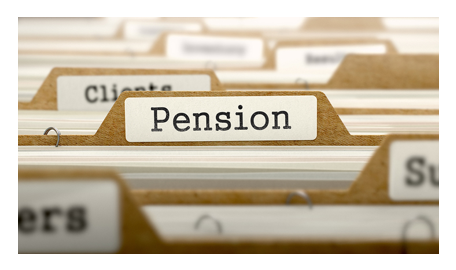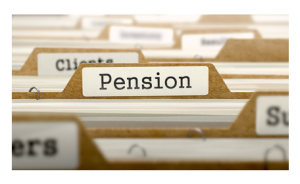
And Yet More Change
Last week, the Government made further announcements in relation to proposed changes to the superannuation system. From Budget night, we had a list of changes that they sort to bring in, however, after industry and community consultation, the Government have made changes to these proposed changes….confused yet?

Ok, well some of the main changes include:
– The $500,000 lifetime cap on Non-Concessional (NCC) (after tax) Contributions has effectively been scrapped.
– The $100,000 annual cap replaces the existing $180,000 annual cap for Non-Concessional (after tax) Contributions from 1 July 2017
– The bring forward rules still apply, so an individual under age 65 can contribute up to $300,000 over a 3-year period
– The current work test rules still apply for those over 65. This means they cannot contribute, unless working at least 40 hours in a 30 consecutive day period. The removal of the work test proposal has been scrapped until future notice
– It is expected that the current $180,000 NCC cap still applies until 30 June 2017, meaning that you can trigger a bring forward provision in the current financial year and be able to contribute a maximum of $540,000 over the three (3) financial year period
– From 1 July 2017, those with a superannuation balance of more than $1.6 million will not be able to make non-concessional (after tax) contributions to their super
– The 5 year catch-up concessional contribution proposal, that would see those with a balance less than $500,000 able to access their unused concessional contribution cap to make additional before tax contributions to super, has been delayed until 1 July 2018.
The ultimate aim of the Government’s changes are two fold; (1) to avoid superannuation being used as an estate planning vehicle where people are saving their wealth in a tax free environment to pass to children rather than for retirement funding, and (2) to strengthen the idea of superannuation being a mechanism to provide an income in retirement, which includes supplementing the Age Pension.
We must note again, however, these proposals are not legislation and therefore could again change before they are enshrined into our super system, however it can assist us to forward plan your contributions and superannuation options better by providing a strong indication of what the Government is wanting to achieve.
If you are considering any large contributions to super or would like to discuss your personal situation and what these changes could mean for you, please contact us here at JBS.







 There are two ‘conditions of release’ (technical term for eligibility criteria to be able to access your super) for members to utilise under extenuating circumstances prior to retirement.
There are two ‘conditions of release’ (technical term for eligibility criteria to be able to access your super) for members to utilise under extenuating circumstances prior to retirement.








 TIP 1: Set Financial Goals
TIP 1: Set Financial Goals
 paid out of their super either as a lump sum or income stream. Under the super laws, the deceased’s superannuation can’t remain in their super account and must be paid out as soon as practicable.
paid out of their super either as a lump sum or income stream. Under the super laws, the deceased’s superannuation can’t remain in their super account and must be paid out as soon as practicable.
 balance of small inactive account directly to the ATO. This is still your super and you are able to claim and transfer it to your preferred super fund at any time.
balance of small inactive account directly to the ATO. This is still your super and you are able to claim and transfer it to your preferred super fund at any time.
